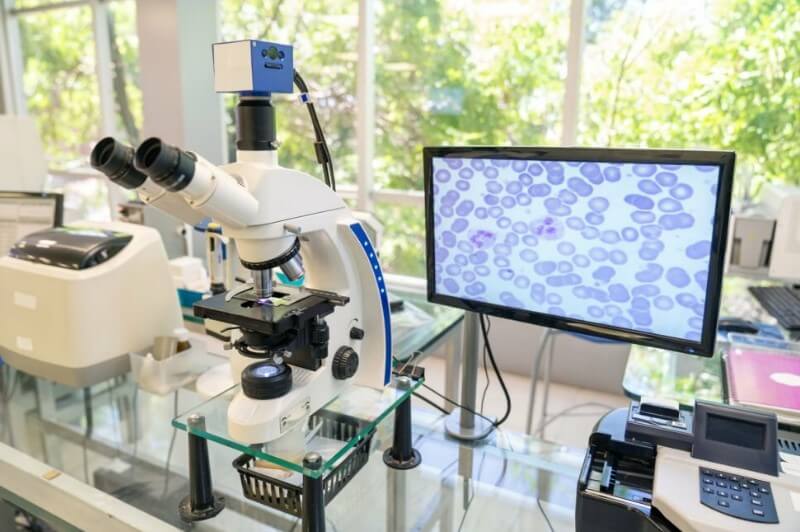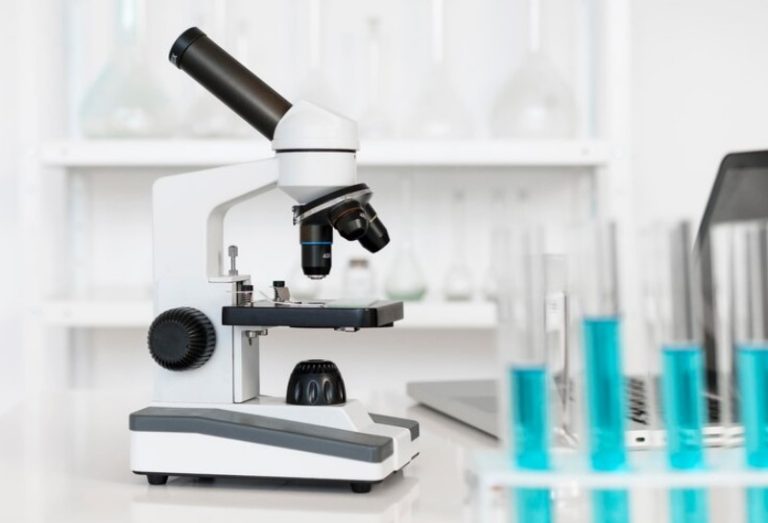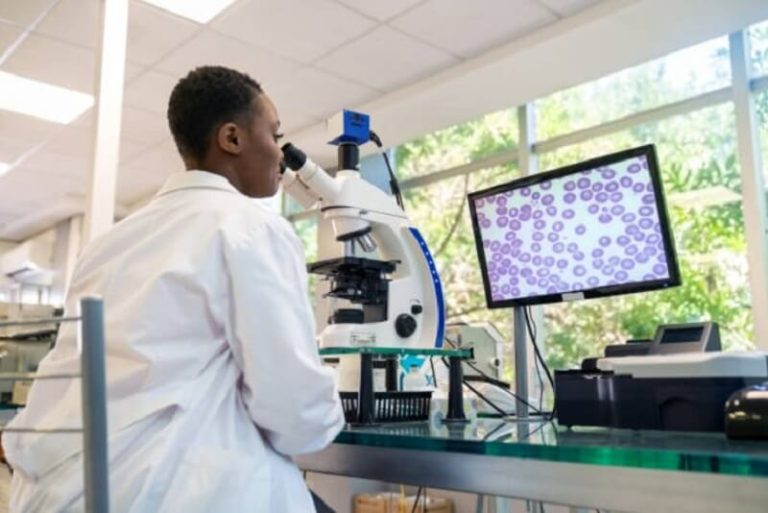The microscope is a powerful scientific tool that allows us to explore and magnify the microscopic world. At its core, the basic technique of a microscope involves the manipulation of light or electrons to produce magnified images of tiny objects. Light microscopes, the most common type, use visible light to illuminate the sample and employ a series of lenses to magnify and focus the image. Electron microscopes, on the other hand, use a beam of electrons to achieve even higher magnification and resolution. Regardless of the type, microscopes fundamentally enable us to peer into a realm that is otherwise invisible to the naked eye, opening up a world of discovery and scientific exploration.
Basic Techniques of Microscope
The basic technique of a microscope involves several key steps to observe and analyze microscopic specimens. Here is a simplified overview of the fundamental technique:
- Preparation: The specimen of interest is prepared for microscopy. This may involve fixing, staining, or mounting the sample to enhance visibility and contrast.
- Illumination: In a light microscope, a light source is used to illuminate the specimen. The light may pass through the sample directly (transmitted light) or bounce off the sample (reflected light).
- Magnification and Focus: The light passes through a series of lenses, including the objective lens (closest to the specimen) and the eyepiece lens (closest to the eye). These lenses work together to magnify and focus the image. By adjusting the focus knobs, the image is brought into sharp focus.
- Observation: The magnified image of the specimen is observed through the eyepiece lens. The details and structures of the specimen become visible, allowing for analysis and identification.
- Analysis and Recording: Microscopic features and structures can be analyzed and documented. Observations can be recorded through drawings, photography, or digital imaging systems.

It is important to note that the exact technique may vary depending on the type of microscope being used. Different types of microscopes, such as compound microscopes, stereo microscopes, or electron microscopes, have specific techniques and additional steps tailored to their design and capabilities.
Overall, the basic technique of a microscope involves specimen preparation, illumination, magnification, focus adjustment, observation, and analysis. This technique allows scientists, researchers, and enthusiasts to explore and understand the intricate details of microscopic objects.
Conclusion
So, these are the basic techniques of using a microscope! It’s a fascinating process that allows us to explore the unseen world around us. By preparing the specimen, illuminating it, and using lenses to magnify and focus the image, we can observe and analyze microscopic details that are otherwise invisible. It’s like having a superpower to see the tiniest structures and organisms! Whether it’s in the lab, classroom, or even in our own curiosity-driven adventures, understanding the basic technique of a microscope opens up a whole new dimension of scientific exploration. So, next time you peer through a microscope, remember the magic happening behind the scenes, as you embark on a journey of discovery in the miniature universe of the microscope slide. Happy exploring!



